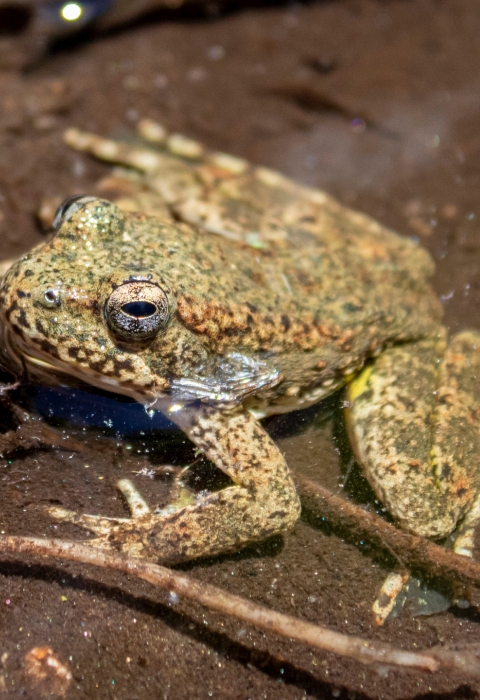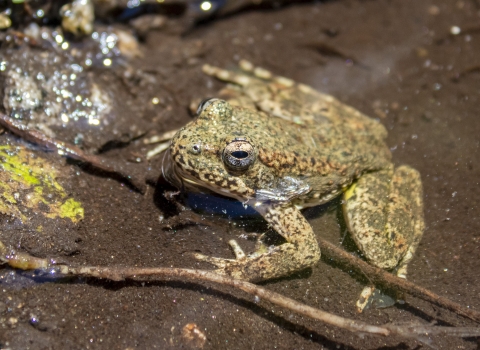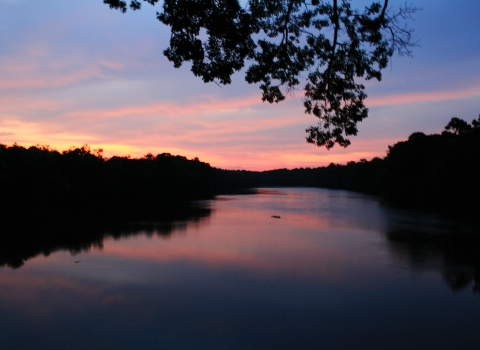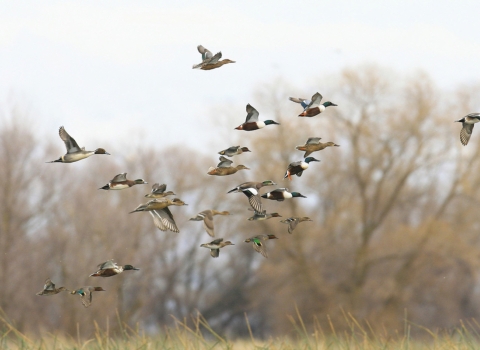The U.S. Fish and Wildlife Service is extending the public comment period on its proposal to provide Endangered Species Act (ESA) protections for four geographically and genetically distinct population segments (DPS) of the foothill yellow-legged frog by 30 days.
The Service initially allotted 60 days for public comment on this proposal, however, due to the complexity of the science used to determine the condition of each DPS, the Service is extending the public comment period by 30 days. Comments will be accepted through March 30, 2022.
The foothill yellow-legged frog is found from the Willamette Valley in Oregon to the Santa Lucia mountain range in southern California and from the Pacific coast to the western slopes of the Cascade and Sierra Nevada mountains.
The methods used in the species status assessment (SSA) to determine the condition of each of the six distinct population segments of the frog are complex, and the frog’s historic range is large. The Service determined the condition of each DPS by assessing the frog’s occupancy of streams in historical habitat, connectivity of occupied streams, risk of population decline, and the number and severity of threats. The amphibian faces several threats, including altered waterflows; competition with and predation by non-native species; disease; precipitation and temperature changes related to climate change climate change
Climate change includes both global warming driven by human-induced emissions of greenhouse gases and the resulting large-scale shifts in weather patterns. Though there have been previous periods of climatic change, since the mid-20th century humans have had an unprecedented impact on Earth's climate system and caused change on a global scale.
Learn more about climate change ; high-severity wildfires; some water-related recreation; and habitat conversion and degradation.
The Service is proposing to list the South Coast DPS and South Sierra DPS as endangered due to a strong pattern of declining stream occupancy, as well as rapid reductions in occupied range. The North Feather DPS and Central Coast DPS are proposed to be listed as threatened due to decreasing levels of stream occupancy and the potential for a variety of threats to cause additional declines. The North Coast DPS and North Sierra DPS are not warranted for listing after the data showed high levels of occupancy in streams located throughout their ranges, making them more resilient to environmental changes and catastrophic events.
The Service is committed to using the public comment process to solicit sound science, new data and general perspectives on proposed species listings. The public can submit comments on the proposed listing and read supporting information at www.regulations.gov by searching Docket Number FWS-R8-ES-2021-0108. Comments should be submitted by March 30, 2022.




